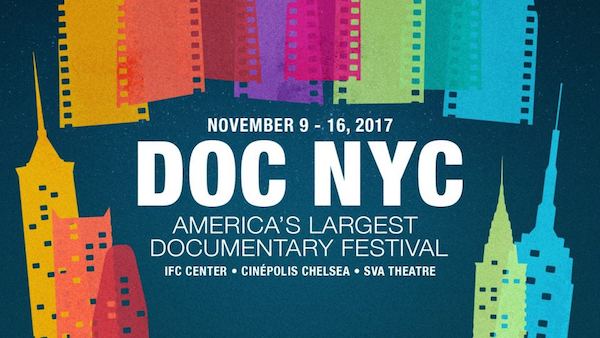

- By Mabel Pais
Asia Society celebrates two distinct traditions of Indian cinema this summer with PARALLEL DAYS/BOLLYWOOD NIGHTS; the last weekend of films featuring beloved popular Hindi-language cinema alongside landmark films in the arthouse ‘Parallel Cinema’ movement, which flourished from the late sixties to the early/mid nineties — highlighting both their vast differences and occasional connections.
In 1970 film scholar Arvind Mehta coined the term ‘Parallel’ to describe Indian film that set itself apart from the song-and-dance spectacles known and beloved around the world as Bollywood. In 1969 filmmakers Mrinal Sen, Mani Kaul, and Basu Chatterjee each released films that would come to be seen as the beginning of a movement; all presented unique auteurist visions without musical numbers, featured stories and characters immersed in regional specificity, and were funded by loans from the government’s newly formed Film Finance Corporation. Preceded figures like Ritwik Ghatak and to a lesser degree Satyajit Ray — who despite arguably being later influenced by the Parallel filmmakers was derisive of their efforts, many of which diverged from his brand of lyrical realism — these artists sought an escape from formula and new methods of working and expression.
Meanwhile, Bollywood continued its path to becoming one of the largest film industries in the world. In the years since 1947, it had become a powerful force in asserting India‘s pluralistic national identity, and its influence stretched far into the Asian and Soviet worlds. Coupled with its familiar tropes and formulas is sometimes a profound sense of artistry and proficiency of craft.
Often framed in antagonistic terms, these two modes of filmmaking each offer their own distinct pleasures and rewards, and the connections between them — figures, influences, source material, themes — can’t be ignored. The last screenings this month are scheduled for August 22-23.
Asia Society
Learn more about Asia Society at asiasociety.org.
Mabel Pais writes on The Arts and Entertainment, Social Issues, Spirituality, Education, Business, Health and Wellness, and Cuisine.




Be the first to comment